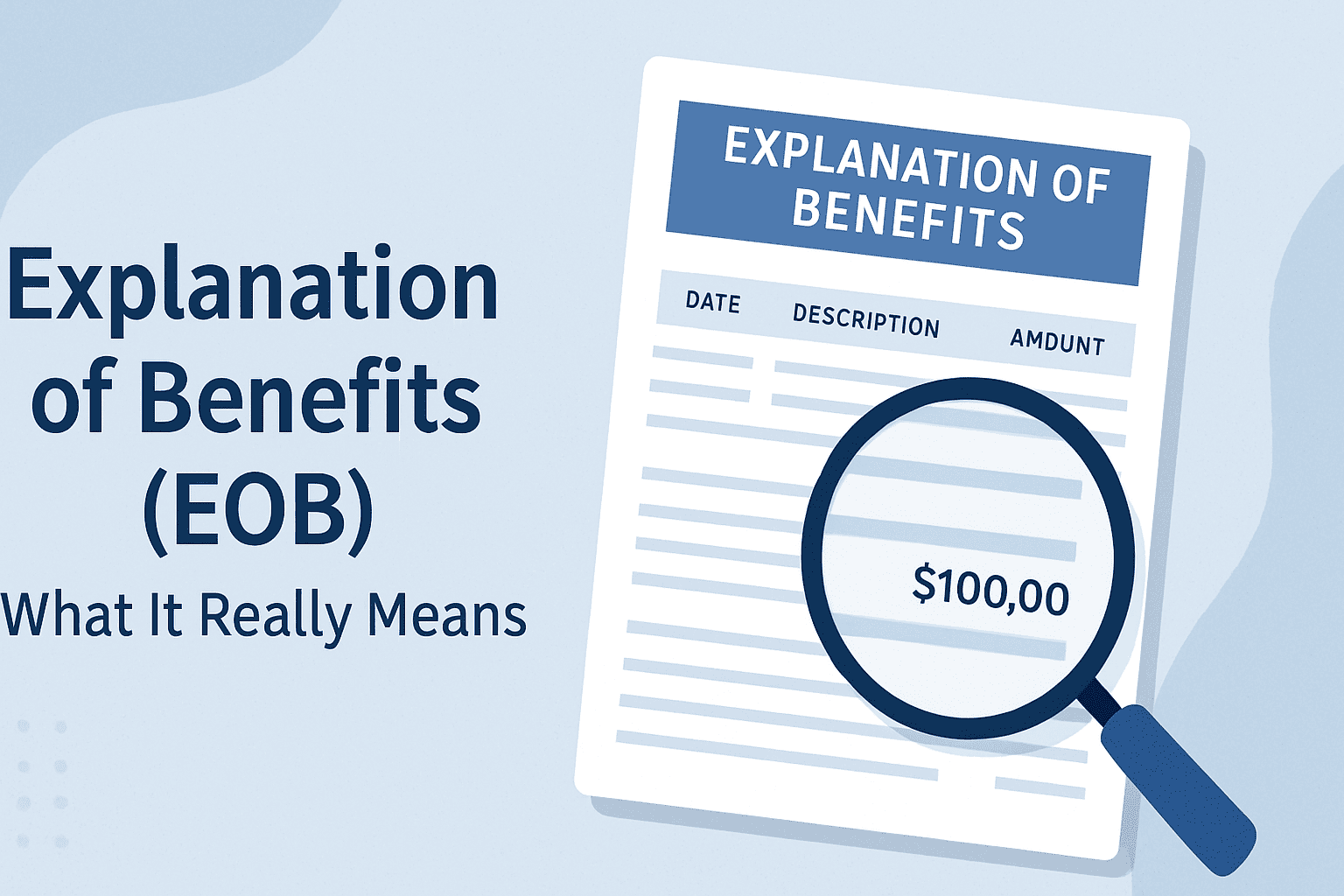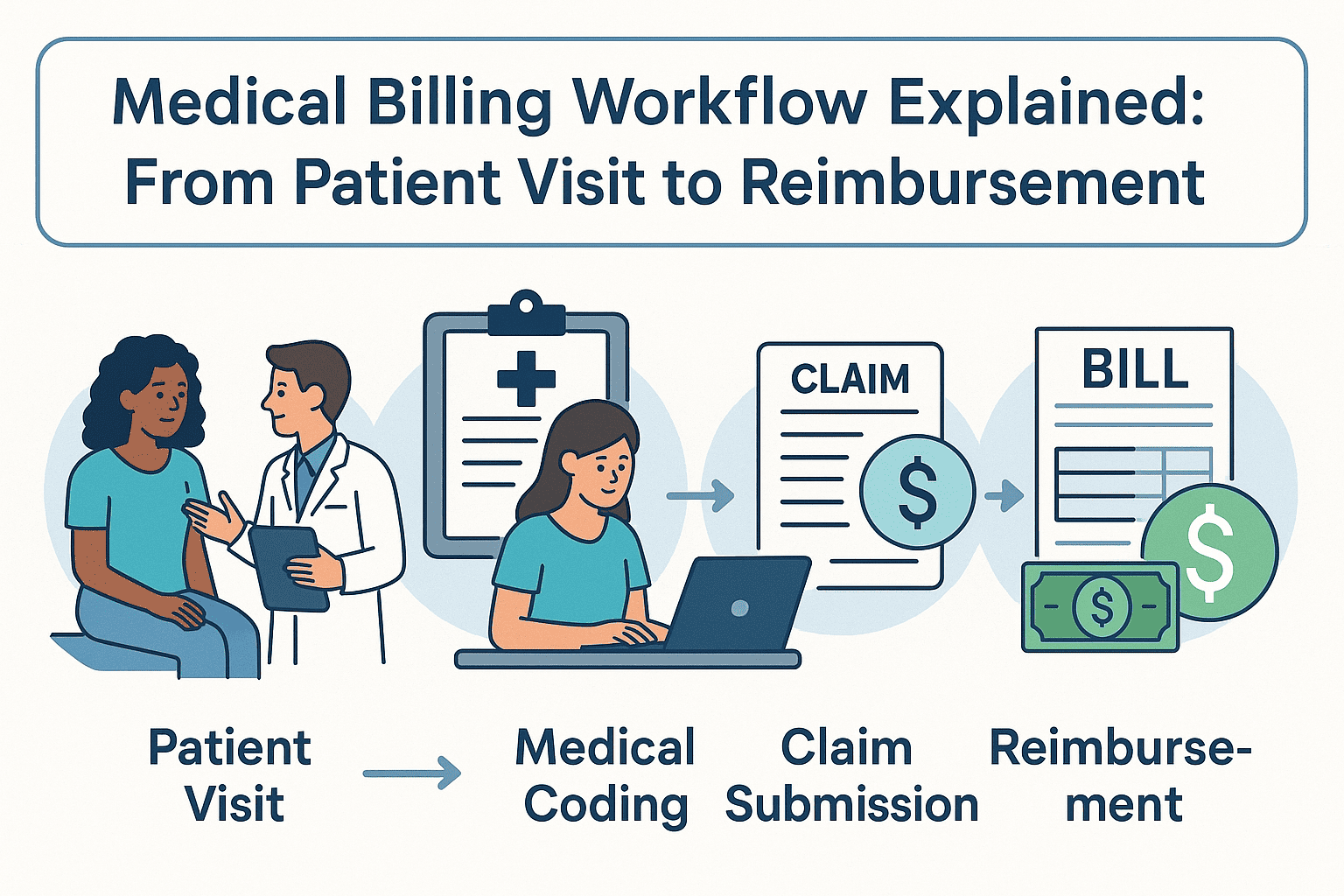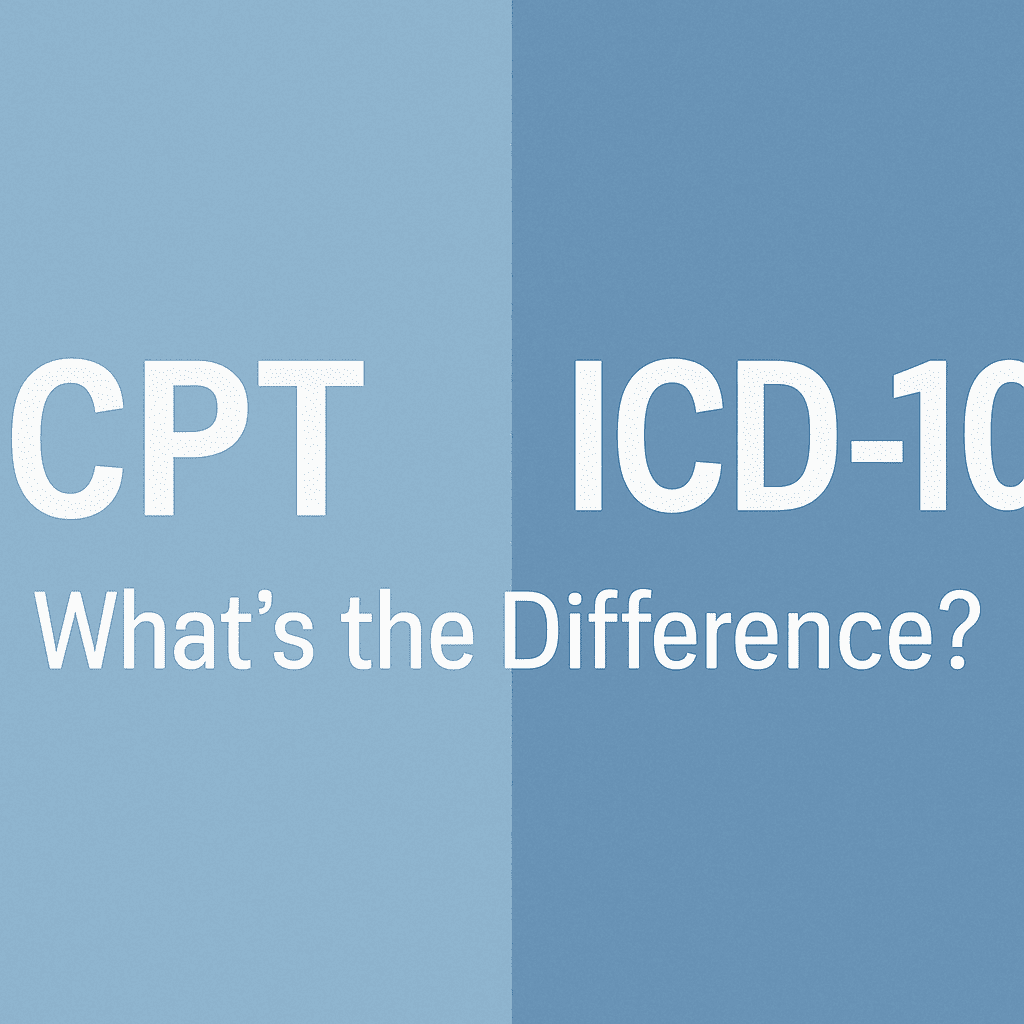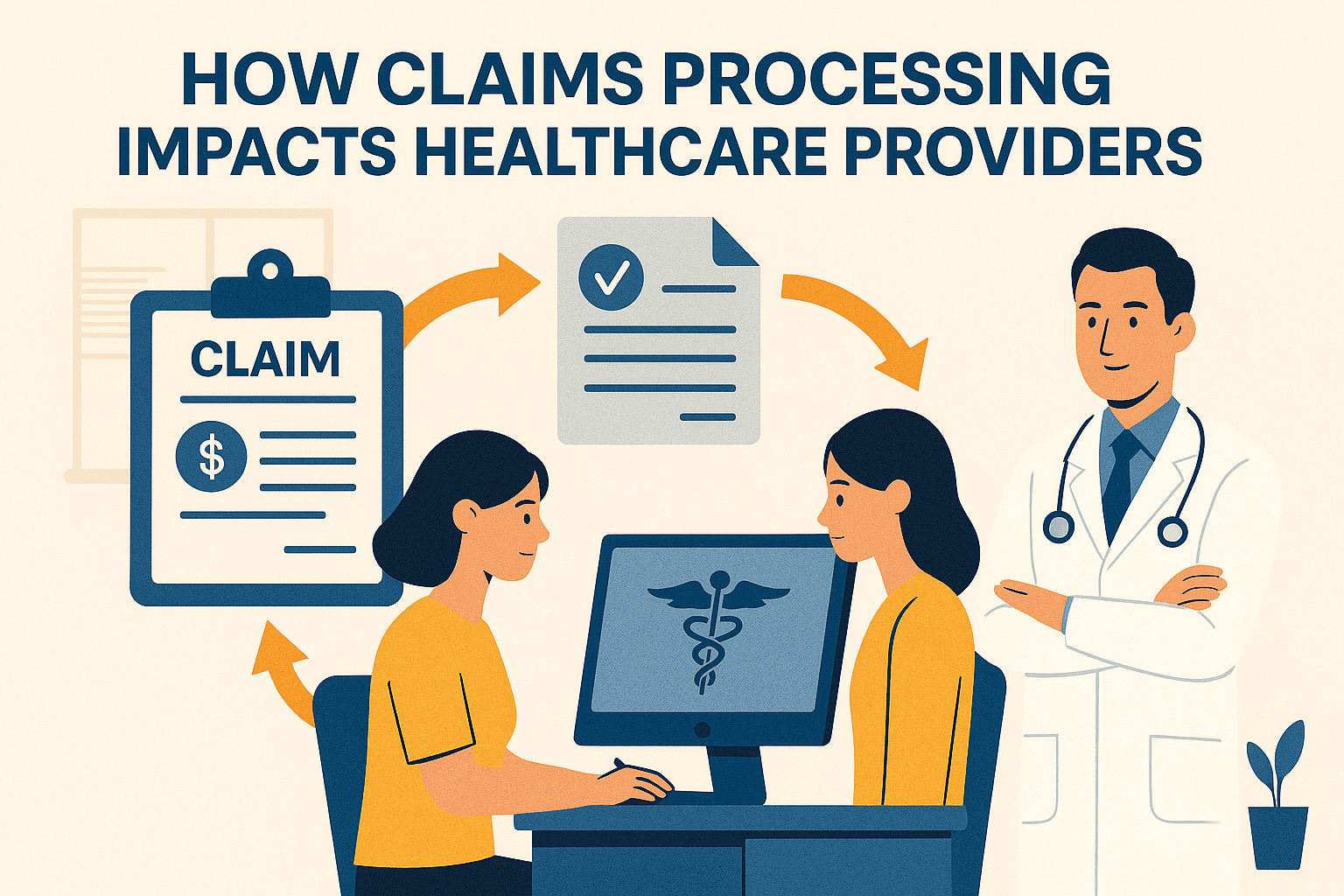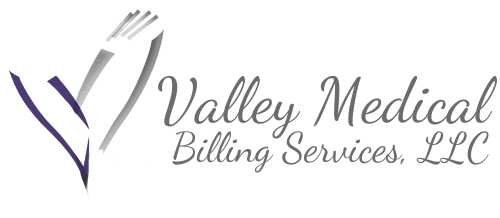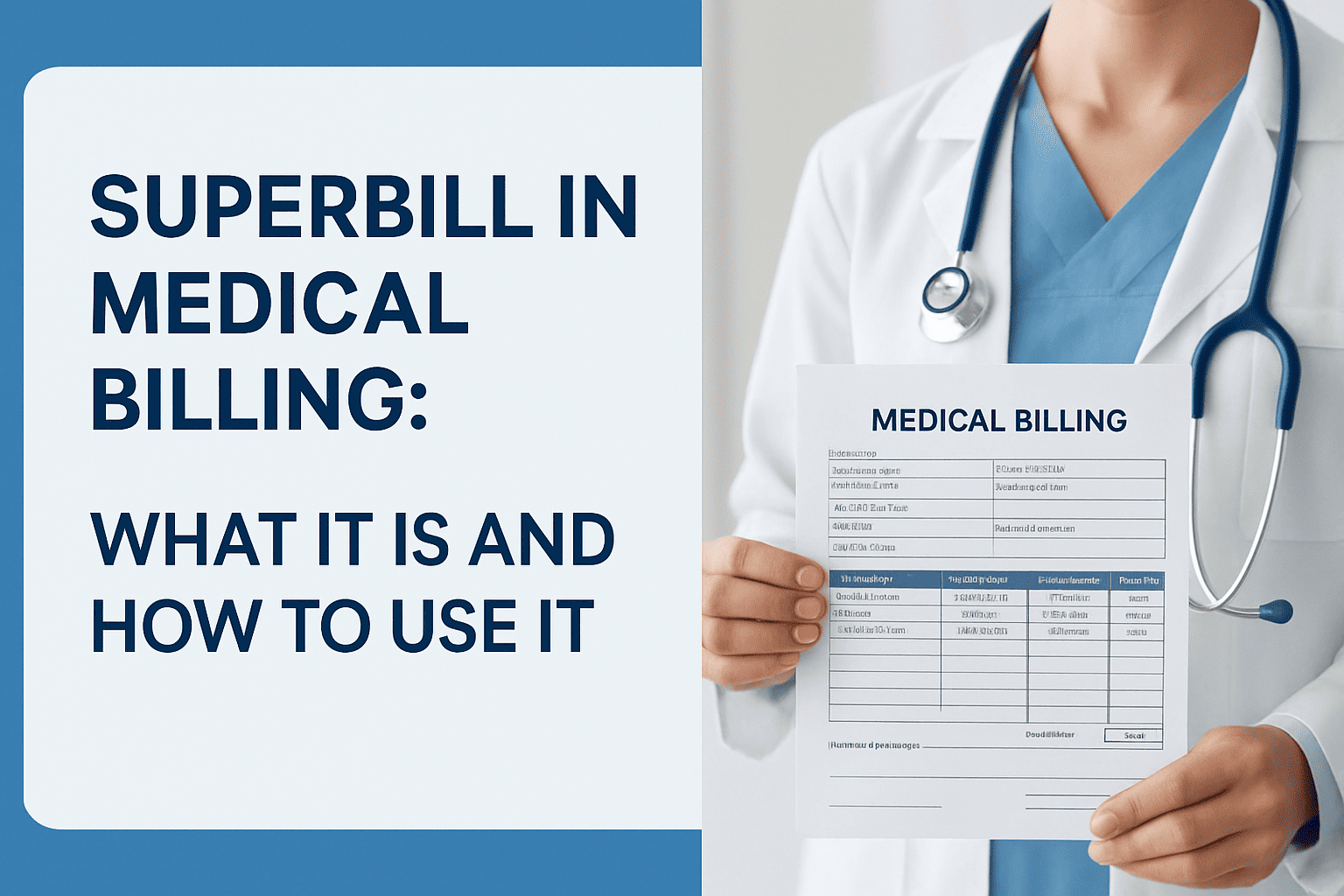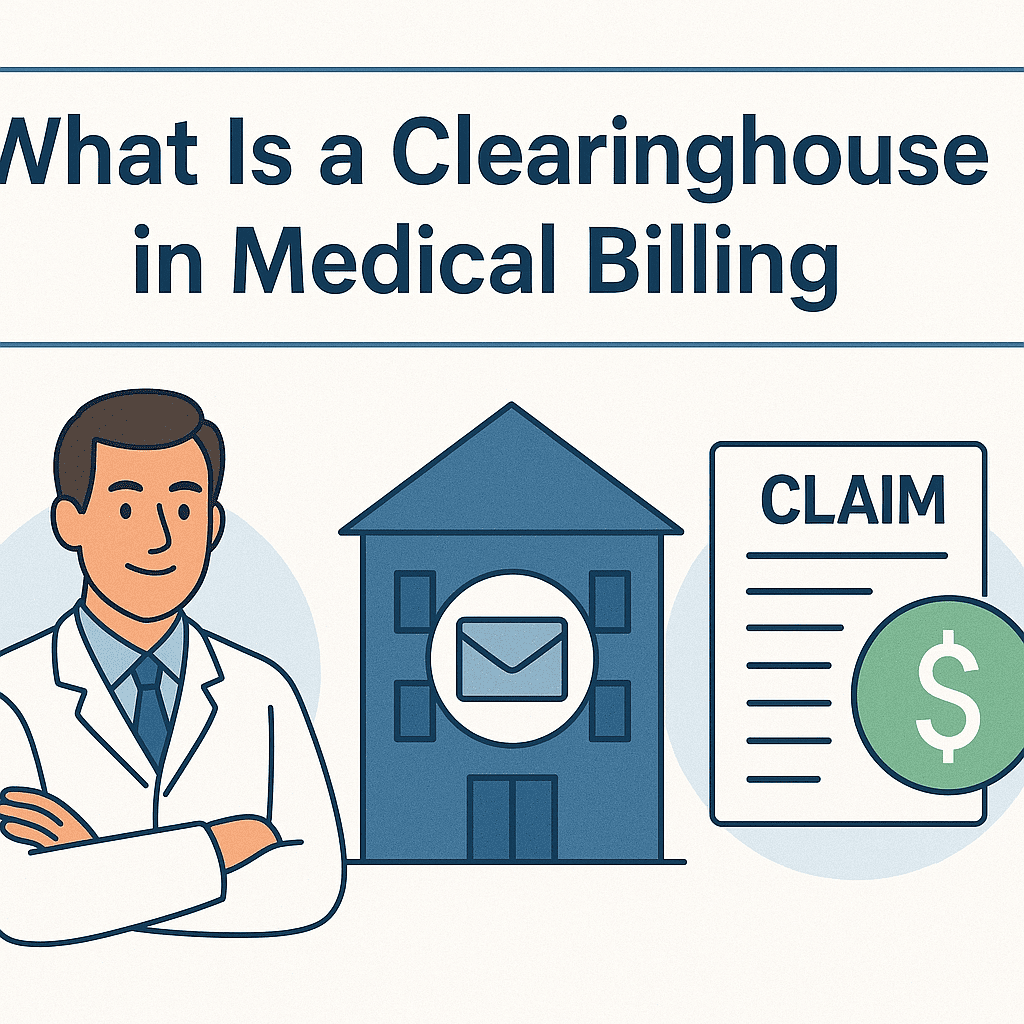What Is Upcoding and Why It's a Compliance Risk
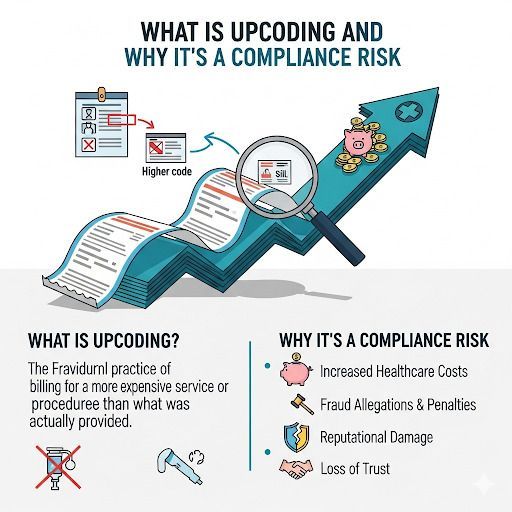
In the world of medical billing, accuracy is everything. One of the most serious issues practices face is upcoding—the act of billing for a higher-level service than what was actually provided. While sometimes intentional, upcoding often happens by mistake, leaving providers exposed to audits, penalties, and even fraud allegations.
For healthcare practices, understanding what upcoding is and how to prevent it is critical to maintaining compliance and financial stability.
What Is Upcoding in Medical Billing?
Upcoding occurs when a provider bills insurance for a service at a higher reimbursement rate than what was delivered. This usually happens by:
• Assigning a more complex CPT code than the documentation supports
• Submitting claims for services that were more intensive or time-consuming than actually provided
• Using modifiers incorrectly to inflate reimbursement
Example: A provider bills for a 60-minute patient evaluation (99215) when the visit lasted only 25 minutes (99213).
Why Upcoding Is a Serious Compliance Risk
Upcoding isn’t just a billing error—it can be viewed as fraud under federal law. The risks include:
• Legal exposure: Practices may face lawsuits under the False Claims Act.
• Financial penalties: Fines can reach up to three times the overbilled amount.
• Loss of reputation: Investigations damage patient trust and payer relationships.
• Audit risk: Payers and government agencies closely monitor coding patterns.
Even if upcoding is unintentional, regulators may still treat it as fraudulent activity.
Common Causes of Unintentional Upcoding
Many practices don’t set out to commit fraud. Instead, errors usually happen due to:
• Insufficient documentation – Notes don’t match the level of service billed.
• Complex coding guidelines – Providers and staff may struggle with evolving CPT/ICD-10 rules.
• Over-reliance on EHR templates – Automated code suggestions may default to higher levels of service.
• Lack of training – Staff unaware of compliance standards can make mistakes.
How to Prevent Upcoding in Your Practice
To protect your practice from legal and financial consequences:
• Ensure accurate documentation: Providers must record details that justify the billed service.
• Invest in staff training: Ongoing coding and compliance education reduces errors.
• Perform regular audits: Internal reviews catch mistakes before payers do.
• Leverage credentialing support: Working with experts in Medical Credentialing California helps ensure providers are properly authorized and follow payer requirements.
• Use compliance software: Tools with claim scrubbing and coding checks minimize risks.
Legal Exposure Due to Unintentional Fraud
The biggest fear for many practices is being accused of fraud when mistakes were simply unintentional. Upcoding—even when accidental—can trigger costly investigations. By taking proactive steps to ensure compliance, providers reduce their legal exposure while protecting revenue streams.
FAQs About Upcoding in Medical Billing
1. What’s the difference between upcoding and unbundling?
• Upcoding bills for a higher-level service than provided.
• Unbundling splits services that should be billed together. Both are considered compliance risks.
2. Can upcoding happen accidentally?
Yes. Many cases occur due to documentation gaps, coding complexity, or EHR errors rather than intentional fraud.
3. Who investigates upcoding cases?
Medicare, Medicaid, private insurers, and the Office of Inspector General (OIG) may all audit claims for upcoding.
4. How can practices protect themselves from upcoding audits?
Conduct regular internal audits, train staff on coding accuracy, and ensure documentation fully supports billed services.
Final Thoughts
Upcoding may seem like a small error, but its consequences are significant. Whether accidental or intentional, it exposes providers to legal, financial, and reputational risks.
By prioritizing accurate documentation, regular compliance checks, and proper credentialing, practices can protect themselves and build long-term trust with payers and patients alike.
